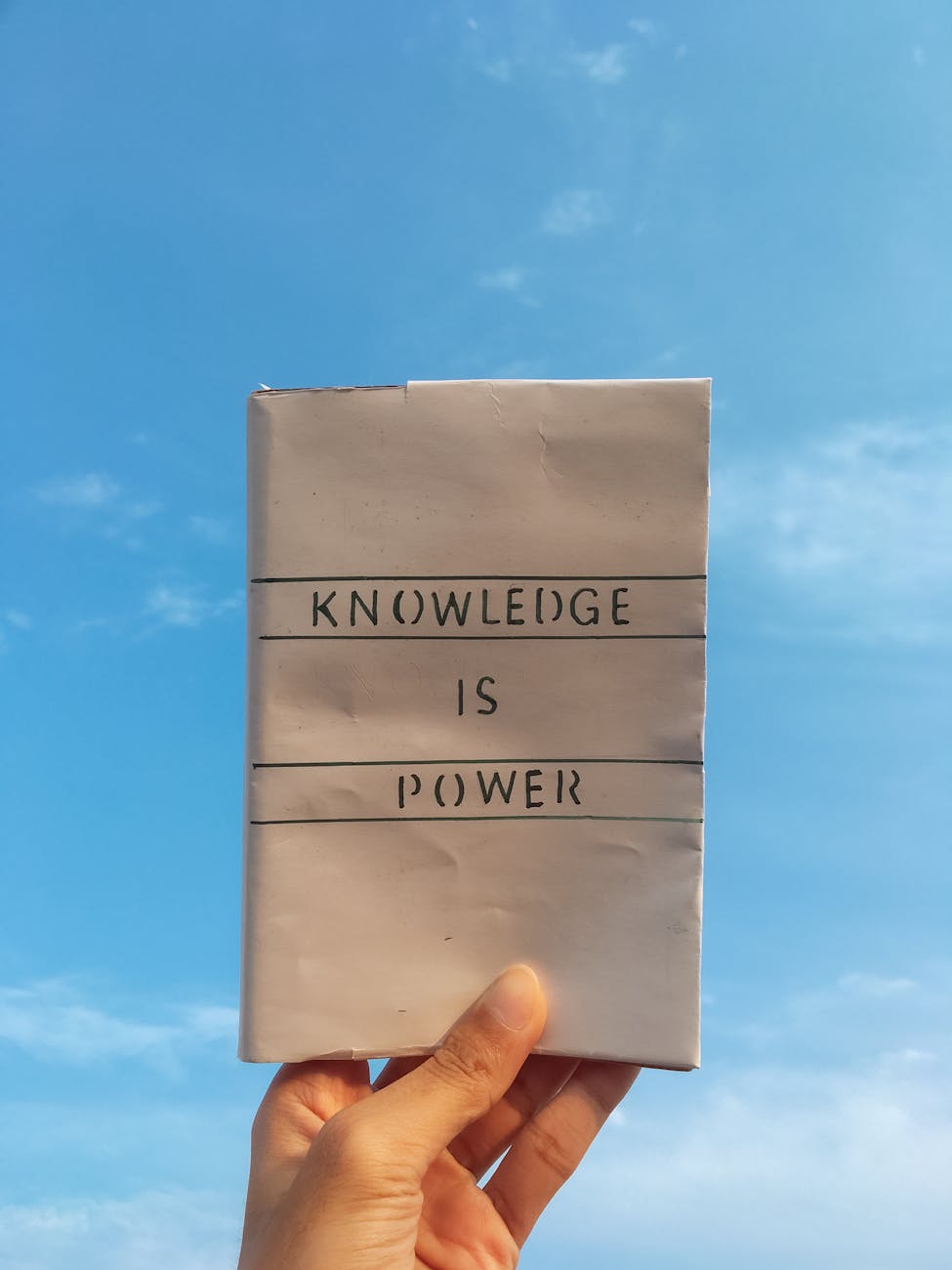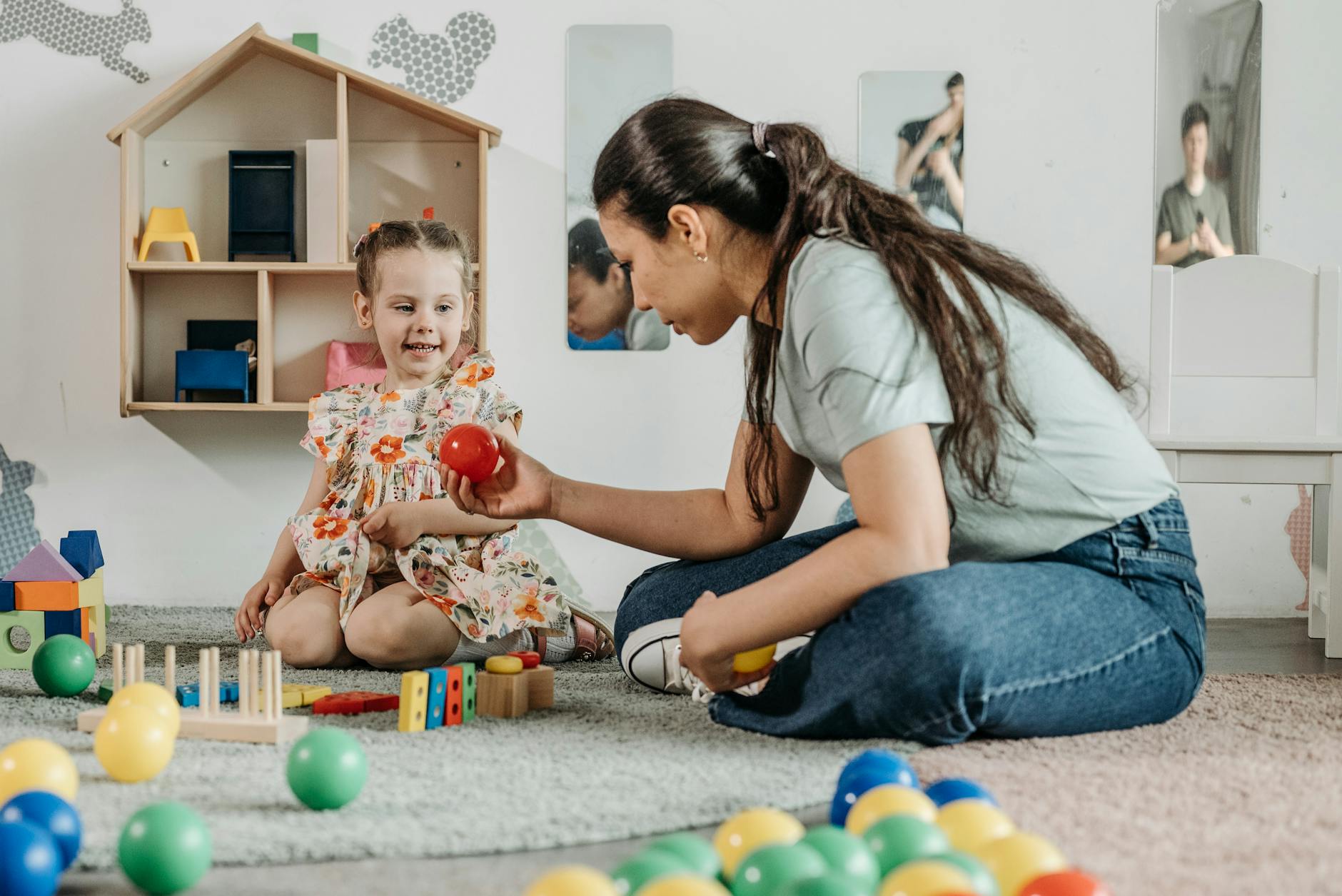The Power of Multisensory Learning in Education

Enhancing Education Through Multisensory Learning
When it comes to learning, engaging multiple senses can greatly enhance retention and comprehension. Multisensory learning involves using more than one sense to take in information, such as sight, hearing, touch, taste, and smell. This approach has gained popularity in recent years due to its effectiveness in catering to diverse learning styles and improving overall educational outcomes.
One of the key benefits of multisensory learning is that it can help students better retain information. When multiple senses are engaged simultaneously, the brain is able to make stronger connections and memories are more likely to be stored effectively. This is particularly beneficial for students with learning differences or disabilities.
Furthermore, multisensory learning can make concepts more understandable and relatable. By incorporating different sensory experiences, educators can help students grasp abstract ideas and complex topics more easily. For example, using hands-on activities, visual aids, and verbal explanations together can create a more immersive and effective learning experience.
Practical Applications in the Classroom
There are many ways to incorporate multisensory learning techniques in the classroom. For instance, teachers can use interactive games that require students to touch, see, and hear information simultaneously. Additionally, incorporating music, movement, and art into lessons can help stimulate different senses and keep students engaged.
Another popular method is the Orton-Gillingham approach, which combines visual, auditory, and kinesthetic techniques to teach reading and spelling. This approach has been particularly successful for students with dyslexia and other learning disabilities.
The Future of Education: Embracing Multisensory Learning
As technology continues to advance, there are more opportunities than ever to incorporate multisensory learning into education. Virtual reality, augmented reality, and interactive simulations are just a few examples of tools that can provide students with immersive learning experiences that engage multiple senses.
By embracing multisensory learning, educators can create more inclusive and effective learning environments that cater to the diverse needs of students. As we continue to explore the benefits of engaging multiple senses in the learning process, the potential for improving educational outcomes is truly limitless.





